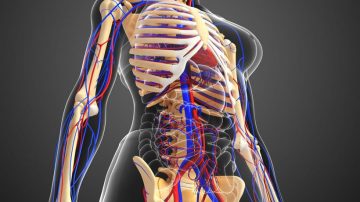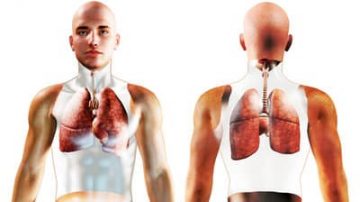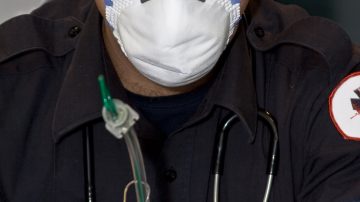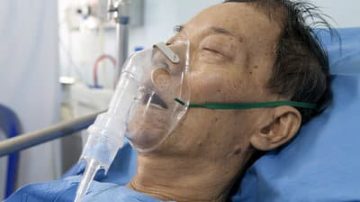More Articles – Emergency Procedures, Medical General, medical procedures, Nephrology, Respiratory diseases, Traumatology
More Tags – back pain, CT scans, HPC updates, nephrolithiasis, pulmonary embolus, sinusitis, syncope
Choosing Wisely is an initiative by the American Board of Internal Medicine that solicits evidence-based recommendations by other specialty associations to identify tests or procedures in their field which are unnecessary. The following are a set of five recommendations that…
Read More














